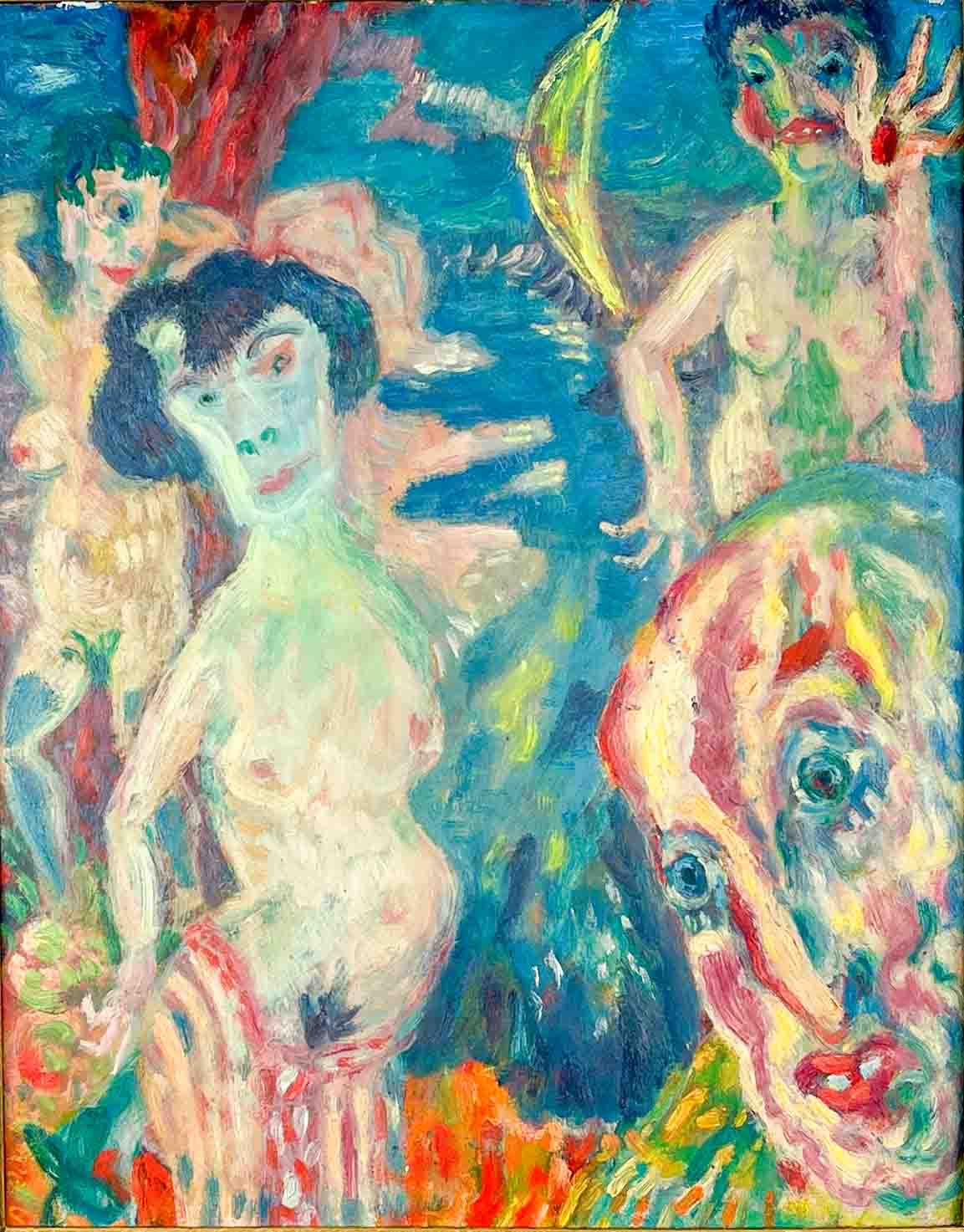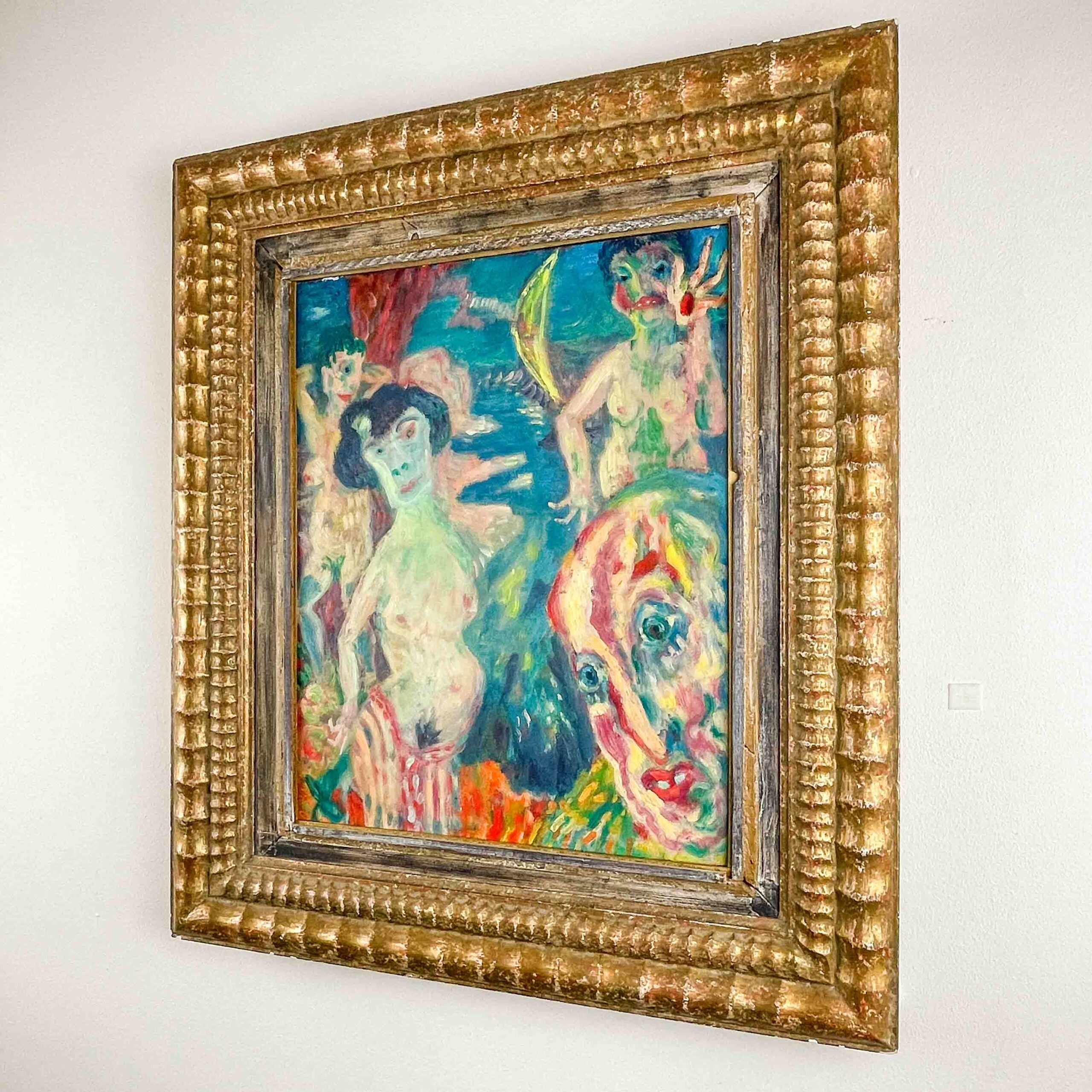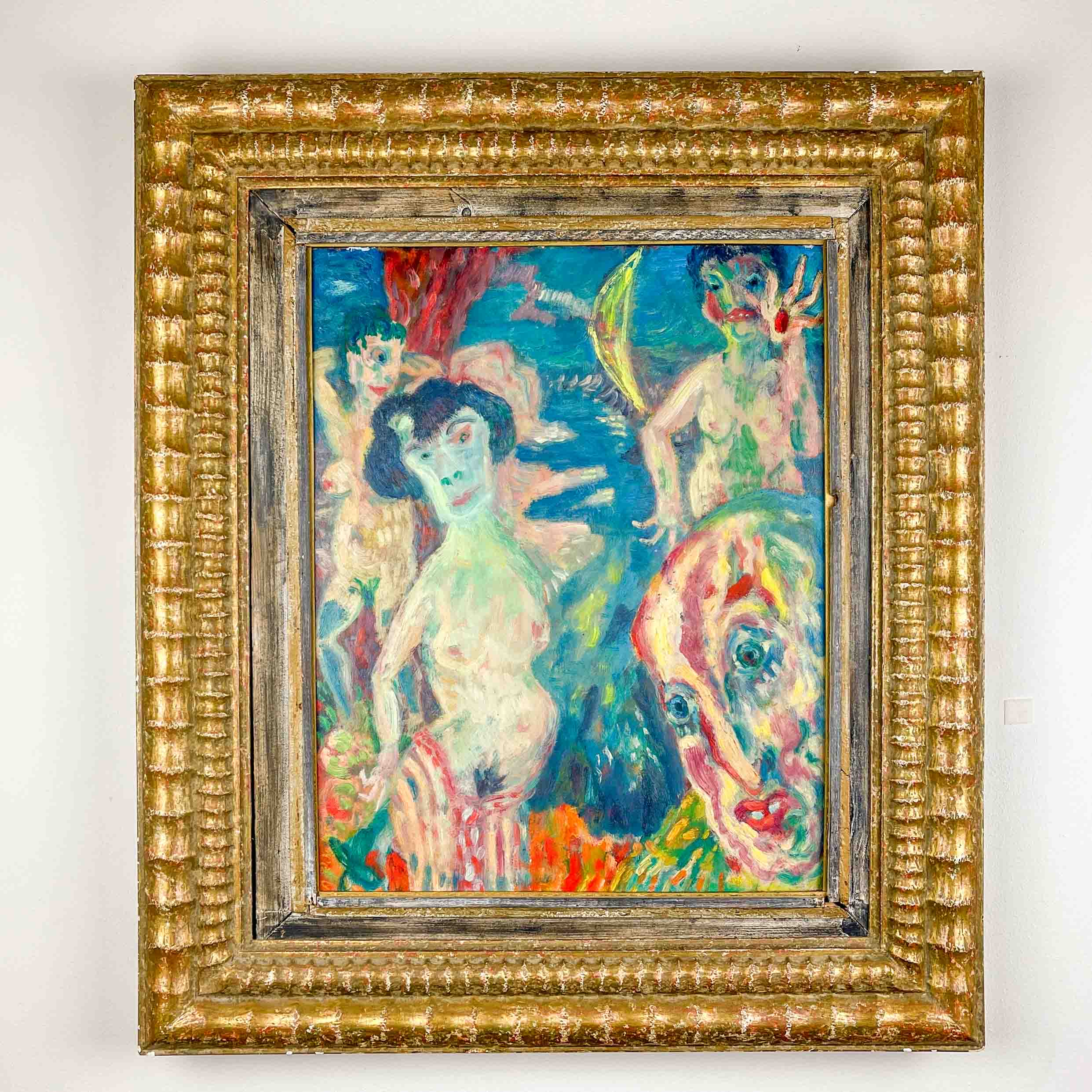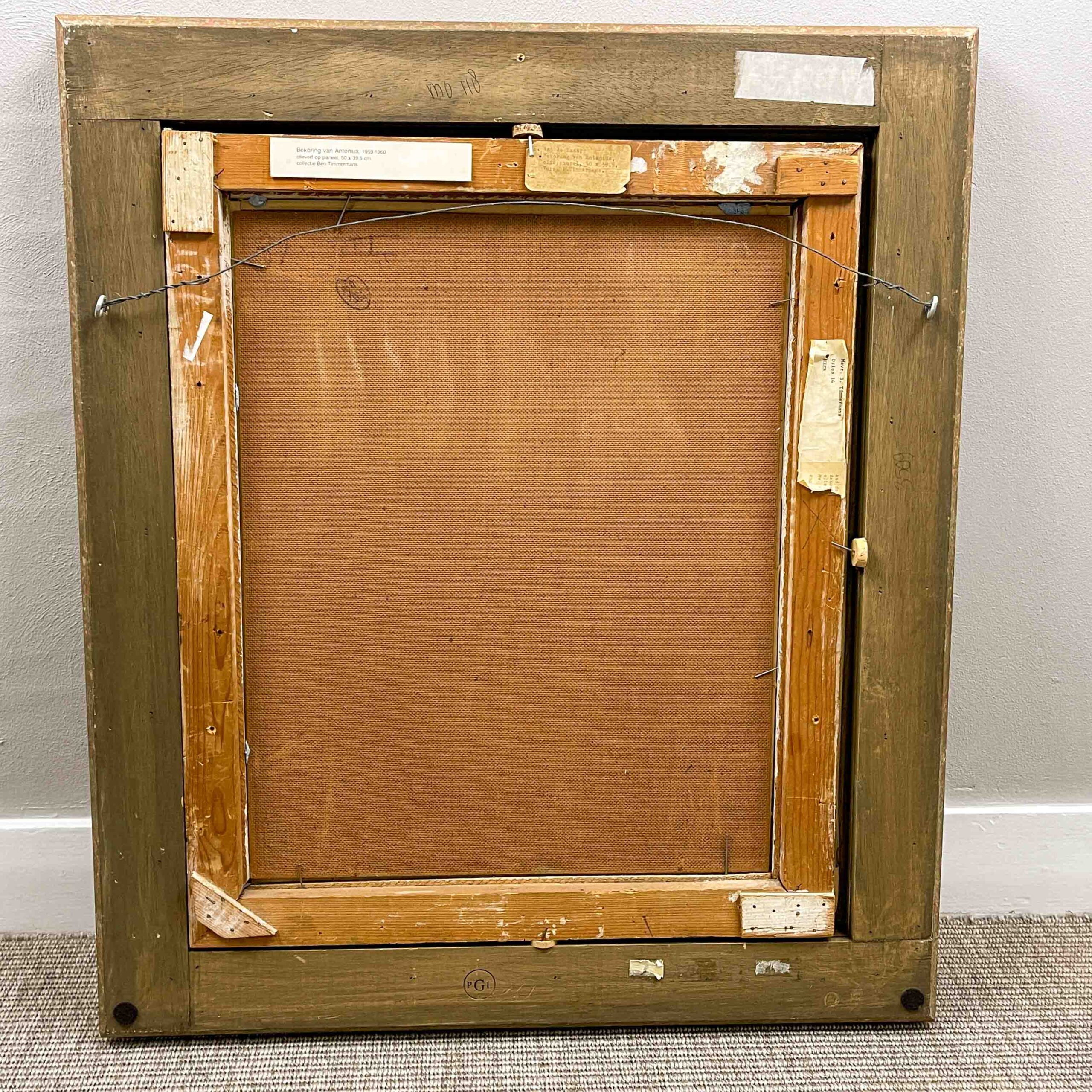Aad de Haas- “The Temptation of St Anthony”, 1959 – oil on board, professionally framed




Aad de Haas- “The Temptation of St Anthony”, 1959 – oil on board, professionally framed
An original oilpainting on board, “The Temptation of St Anthony”. Painted by the Dutch artist Aad de Haas in 1959. Signed by the artist.
Price including VAT
Price upon requestRead more
About Aad de Haas
Aad de Haas (Rotterdam 1920 – Schaesberg 1972) was a Dutch painter who gained fame for his expressive and often controversial works of art.
De Haas grew up in an artistic family. His father was an architect, and this early contact with art inspired the young Aad to follow his own creative path. After studying at the Academy of Fine Arts in Rotterdam, Aad de Haas began his artistic career in a figurative style. His early works show influences of expressionism and cubism, but it was only in the post-war period that his style evolved into a more contemporary and provocative form.
In the 1940s and 1950s, De Haas established himself as a promising artist, but his work became increasingly politically charged and controversial. He used his art as a means to expose social and political issues, often sharply criticising the establishment and the church. His paintings and drawings reflect his commitment to social justice and his aversion to injustice.
In 1949, Aad de Haas settled in the Limburg village of Elsloo, where he married his life partner Sophie. Together they had four children. During his time in Elsloo, De Haas developed a strong bond with the local community, but his controversial artworks also brought tensions. In particular, his depictions of religious figures and criticism of church institutions led to controversy and even threats.
In 1957, part of his work was destroyed by unknown persons, probably in response to its provocative nature. This event had a profound impact on De Haas, but it did not stop him from continuing with his art. His style continued to evolve towards a more abstract and symbolic expression.
Aad de Haas’ art was not only limited to paintings; he also created stained-glass windows, mosaics and murals. His work can be found in several public collections and museums, including the Bonnefantenmuseum, Maastricht and Museum Bommel van Dam, Venlo and Collection Schunck, Heerlen.
Signed by the artist (front, left, bottom)

